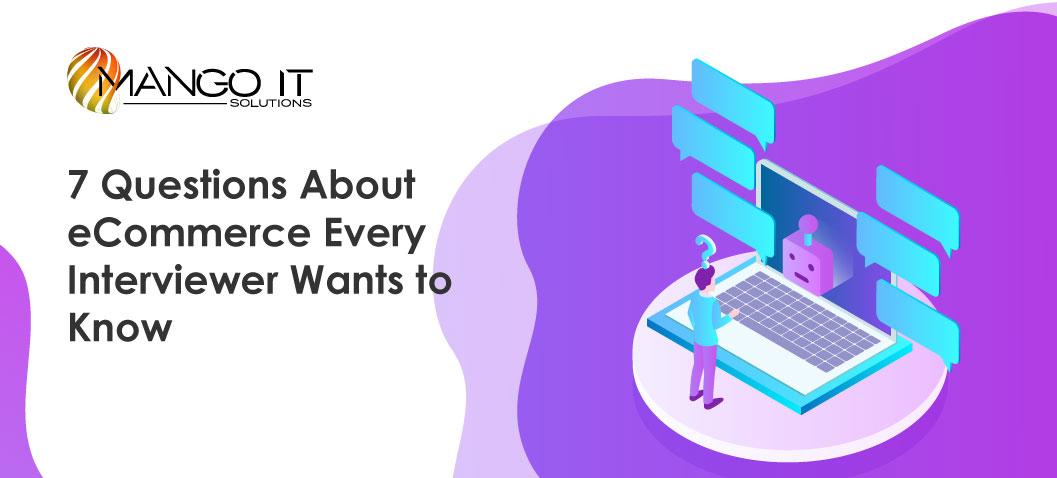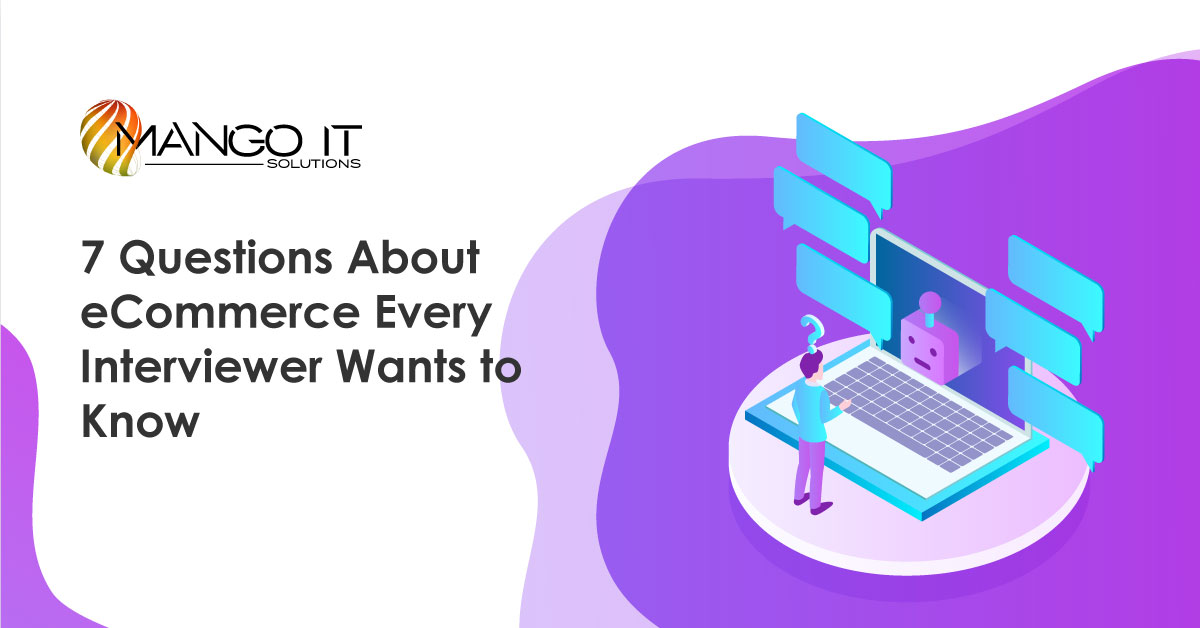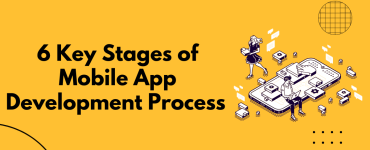
7 Questions About eCommerce Every Interviewer Wants to Know – Interview Questions and Answers


E-commerce is also known as electronic commerce. It is a methodology of doing modern business and addresses organizations, vendors, and customers’ requirements to reduce the cost. It also ensures that cost reduction on commodities improves the quality of goods and services and adds on with the delivery speed.
Now, if you are looking for a job related to E-commerce, you need to prepare for the 2021 E-commerce Interview Questions. Every interview is indeed different as per the different job profiles. Here, we have prepared the important E-commerce Interview Questions and Answers, which will help you succeed in your interview.
Here are the possible interview questions related to eCommerce:-
Q1. How does e-commerce work?
Answer:
When a customer needs any product to buy, a customer goes to the website and chooses the product they want to buy. After the selection of the product, a customer will select the mode of payment, whether it is online or offline and after that product will checkout and order. The ordered product information has been exchanged with the customer and delivery logistics. This process is being done in just a matter of minutes only. For e-commerce enablement, getting an internet merchant bank account, web hosting, obtaining the digital certificate, provider for online transactions, purchasing, or creating the shopping cart software.
Q2. What are the features of E-commerce?
Answer:
The features of e-commerce are non-cash payment, service availability (24*7), Improved sales, support, advertising and marketing, inventory management, communication efficiency, faster, reliability, less time consuming, on the go service and saving time. It is available at any time and anywhere, helps in making better management of product and services.
Q3. What are the different e-commerce business models?
Answer:
These are the common E-commerce Interview Questions asked in an interview. The different e-commerce business models are Business to Business (B2B), Business to Consumer (B2C), Consumer to Consumer (C2C), Consumer to Business (C2B), Business to Government (B2G), Government to Business (G2B) and Government to Citizen (G2C).
Q4. Explain the technical disadvantages of e-commerce?
Answer:
In e-commerce, there can be a lack of security of data, system, reliability, and poor standards of implementation. It is still getting or finding it and keeps on changing rapidly. There can be issues with the network in some areas; high-speed internet connectivity is required for accessing the websites on the desktop or mobile or any other gadgets. Existing applications and databases are difficult to integrate with e-commerce applications or software. There can be issues with software compatibility and hardware with some operating system or might be any other incompatibility with the system.
Q5. Explain the advantages to society because of e-commerce?
Answer:
It helps reduce the cost of products because more and more people can use the product. It helps to enable the rural areas to access the service and products because they can use any product that all others are using in town or cities. It helps the government deliver public services such as healthcare, education, and social service at minimal cost and better. Most importantly, no need to travel anywhere; the products will be delivered to the defined address and benefits the customer, organization, and environment.
Q6. Tell us which different sector e-commerce applications are available in the market?
Answer:
The applications are mainly available for many different sectors or areas, from those areas, some are like books, music, financial services, home electronics, mobiles, entertainment, apparels, travel services, toys, movie tickets, information, gifts and computer products, accessories etc.
Q7. What are the short-comings of e-commerce?
Answer:
E-commerce required a lot of initial set up cost for creating the website of the application. There can be a trust issue on-site as traditional buyers like to go for traditional commerce with interaction or communication. It is really difficult to ensure the security or privacy of online transactions and stored data. We can just view the product virtually, not in reality, as sometimes the delivered product looks different from the expectation. Internet access is still not available for everyone and everywhere, making it difficult for an organization to reach there and expand their market like remote villages. There can be a delay in launching the application or website because of mistakes, issues or unavoidable circumstances and lack of experience.





